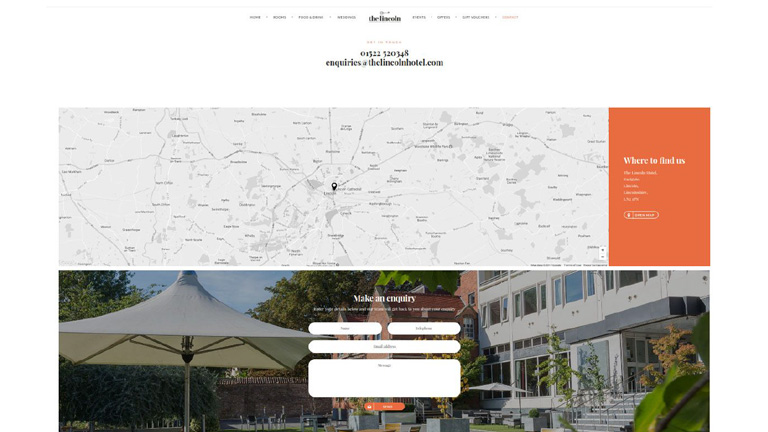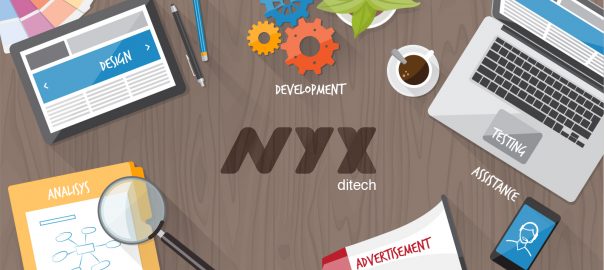The primary goal of any website is to sell its products/services, market its brand, or grow an email list. Regardless of the type of website, you’ll need to get visitors to pay attention to your message to achieve success. There are certain locations and pages or Real Estate on a website that can be extremely effective to convey your core message and grab user attention on the most important things. These locations are highly valuable to you. You should work to maximize the impact that you can create through these areas. In this article, we’ll look at 7 different locations on your website that can help you to achieve your desired results.
1. Homepage
The homepage of your website is the most important real estate as its the first page seen by users; it’s seen by a lot of people. Using a static homepage gives you full control over the layout of the page and the content/message that visitors will see. You can use your homepage to grow your email list and get more exposure for your products or services.
WordPress makes it very easy to set any page as your homepage/frontpage, and if you’re using a drag-and-drop builder like Divi from Elegant Themes, you can easily create a custom layout for your homepage without even needing to touch the code.
2. Site Header
The site header is obviously a location that has high visibility. Most websites that are monetized with ads will include a banner ad in the header because it is usually one of the higher-performing ad zones. Of course, if you’re not monetizing your site with ads, you could use this space for other purposes, like getting more exposure for your own products and services.
3. “About Us” Page
The “About Us” page is one of the most frequently visited pages on many websites. People who visit your “About Us” page are there to learn more about you, your business, or your site, so they are interested in what you have to offer. Your page shouldn’t be boring and it should include a call to action, like an email opt-in form.
One of the most common mistakes with “About Us” pages is to simply provide some boring biographical info without asking visitors to take any action. If you have products or services to promote, you could use this space for those purposes instead of an email opt-in form. Regardless of which approach you to take, the “About Us” page is valuable real estate that should be maximized.
4. Navigation Menu
You also have full control over the links in your navigation menu. If you use WordPress, you’ll be able to easily create a custom navigation menu. It links to any page on your site, or even pages on other sites. Most navigation menus typically link to things like category pages, but you can also include links to the most important pages on your site, whatever that might be.
You can also use dropdowns to add specific links. For example, you may use category links as your primary menu options. Then, use dropdowns to increase exposure to some of the most important content in each category.
5. Top of blog posts
The area between the post title and the start of the content is also highly visible. This is an area that is used very often for advertisements because it is a great location for getting clicks and making money. Sometimes the ads at the top of the post will be aligned to the left or right so the start of the blog content wraps around them.
While this location is often used by blogs for ad revenue, you can also use it for other purposes. If you have your own products or services to sell, you could create an internal ad that leads visitors to a landing page if they click on the ad. You could also use a simple text-based callout that gets visitors’ attention and drives them to some specific page on your site.
6. In-content
Although the top of the content area is valuable real estate, so is any area within the main body of the content. People who are reading or scanning your content will notice any ads or promos that are included within the content. This could include banner ads or simply text-based ads. If you want to promote your own products, services, or other pages on your site, you may have more luck with a text-based ad than an image because many visitors tend to tune out images that look like ads.
If you use a text-based ad within your content, be sure to format it to stand out. You can use bold or italic text, set a background color to make the text appear to be highlighted, add some CSS code to put the text in a box with a different background color, or a border.
7. Confirmation Page
If you’re using a double opt-in approach for your email list, subscribers will need to click a link in an email in order to confirm their submission. What happens when visitors click on that confirmation link? In most cases, the visitor is led to a boring page that says “thanks for confirming your subscription” or something similar.
Read more about Contact Us real estate page here
Again, this is the perfect time to get a relevant offer in front of someone. Loaded Landscapes uses a double opt-in approach. When a subscriber confirms, they are taken to a confirmation page that thanks to the visitor. Then, once again includes the promo video for their best-selling product.
Focusing on the most important real estate on your website allows you to convey your core message. You can impress the audience and improve your conversions. Still, confused about how to best use these areas? Talk to us!





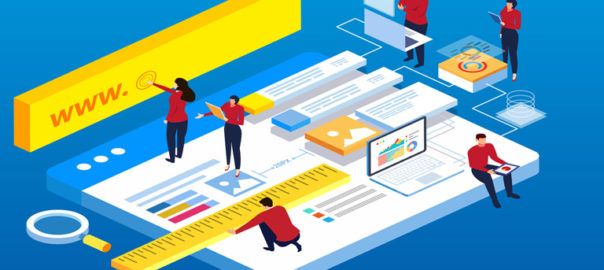
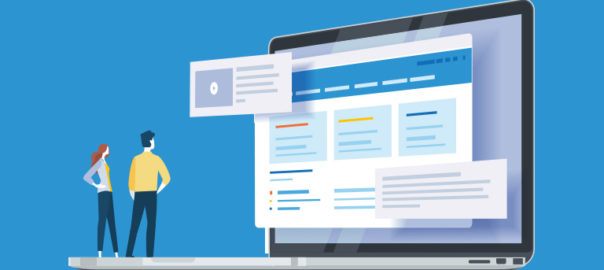

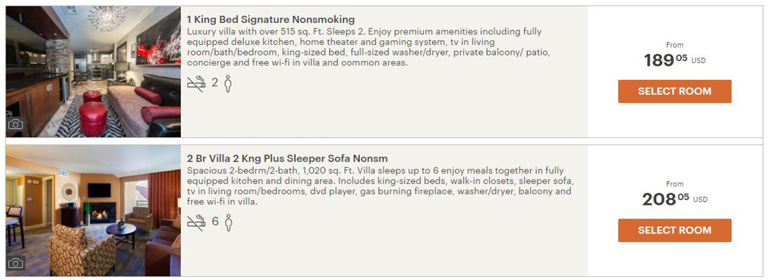 Source: Holiday Inn
Source: Holiday Inn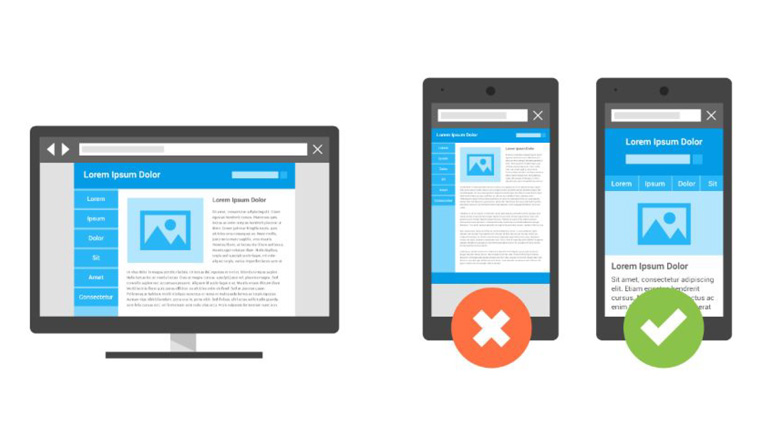
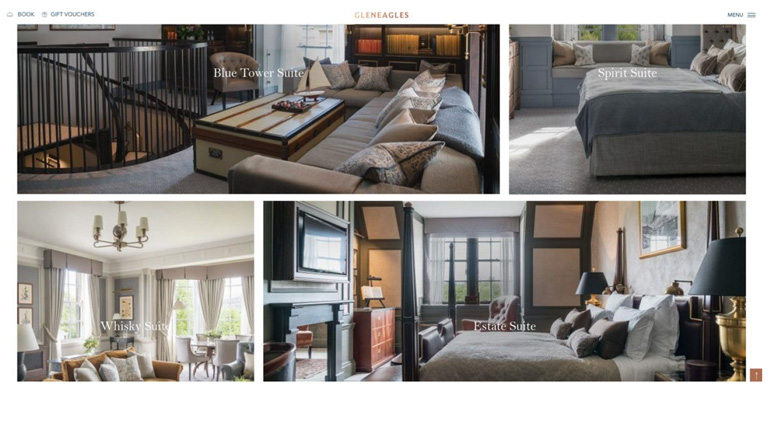 Source: Gleneagles.com
Source: Gleneagles.com